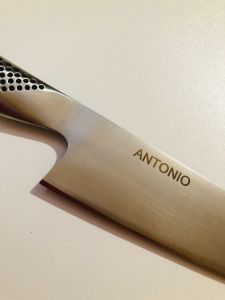Language
WORLDWIDE DELIVERY
ALL KAI SHUN: Set of Kai Shun Classic damask knives and Global pliers
€1,479.00
€1,212.30
Availability:
In stock
A set of high-quality Kai damask kitchen knives from the Shun Classic series with 9 high-quality damascus knives and 2 pliers from Global.
Kai damask knives are hugely popular with the culinary elite, for uncompromising work with the better than damask cutlery.
Shun professional knives are made with an internal layer of extremely corrosion resistant VG-10 steel, very hard (61 ± 1 HRC, 1.0% carbon, 1.5% cobalt) which keeps the blade always sharp in an incomparable way. The outer part of the blades is made of new generation damask stainless steel, with 32 layers. Thanks to the convex surface of the blade and the manual sharpening of each Shun knife, an incomparable cut is obtained, which allows the knife to slide even through the most difficult foods to cut. This wire, combined with the balanced weight of the knife, allows you to work effortlessly. The veins of the damascus give each SHUN knife a special character so that each knife becomes a unique piece - a work of art that embodies technical craftsmanship and design. The All Kai Shun set by Kai, consists of 9 knives and 2 accessories: - n. 1 Paring knife, blade length cm. 10 - n. 1 Boning knife, blade length cm. 15 - n. 1 Kitchen knife, blade length cm. 15 - n. 1 Flexible filleting knife, not damask, blade length cm. 18 - n. 1 Nakiri knife, blade length cm. 16.5 - n. 1 Santoku knife, blade length cm. 18 - n. 1 Chef's knife with alveoles, blade length cm. 20 - n. 1 Chef's knife, blade length cm. 25.5 - n. 1 Serrated knife for bread, blade length cm. 23 - n. 1 Global GS29 herringbone tweezers - n. 1 Serving tongs cm. 30 of Global GS28 Delivery time: 5 working days
Kai damask knives are hugely popular with the culinary elite, for uncompromising work with the better than damask cutlery.
Shun professional knives are made with an internal layer of extremely corrosion resistant VG-10 steel, very hard (61 ± 1 HRC, 1.0% carbon, 1.5% cobalt) which keeps the blade always sharp in an incomparable way. The outer part of the blades is made of new generation damask stainless steel, with 32 layers. Thanks to the convex surface of the blade and the manual sharpening of each Shun knife, an incomparable cut is obtained, which allows the knife to slide even through the most difficult foods to cut. This wire, combined with the balanced weight of the knife, allows you to work effortlessly. The veins of the damascus give each SHUN knife a special character so that each knife becomes a unique piece - a work of art that embodies technical craftsmanship and design. The All Kai Shun set by Kai, consists of 9 knives and 2 accessories: - n. 1 Paring knife, blade length cm. 10 - n. 1 Boning knife, blade length cm. 15 - n. 1 Kitchen knife, blade length cm. 15 - n. 1 Flexible filleting knife, not damask, blade length cm. 18 - n. 1 Nakiri knife, blade length cm. 16.5 - n. 1 Santoku knife, blade length cm. 18 - n. 1 Chef's knife with alveoles, blade length cm. 20 - n. 1 Chef's knife, blade length cm. 25.5 - n. 1 Serrated knife for bread, blade length cm. 23 - n. 1 Global GS29 herringbone tweezers - n. 1 Serving tongs cm. 30 of Global GS28 Delivery time: 5 working days
FAQs

 IT
IT FR
FR
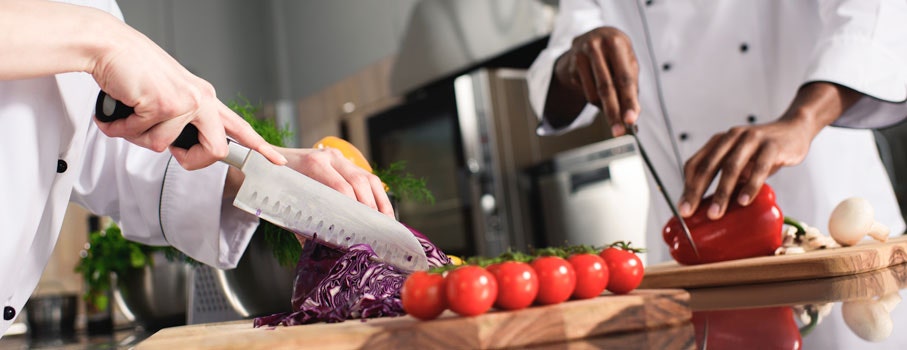
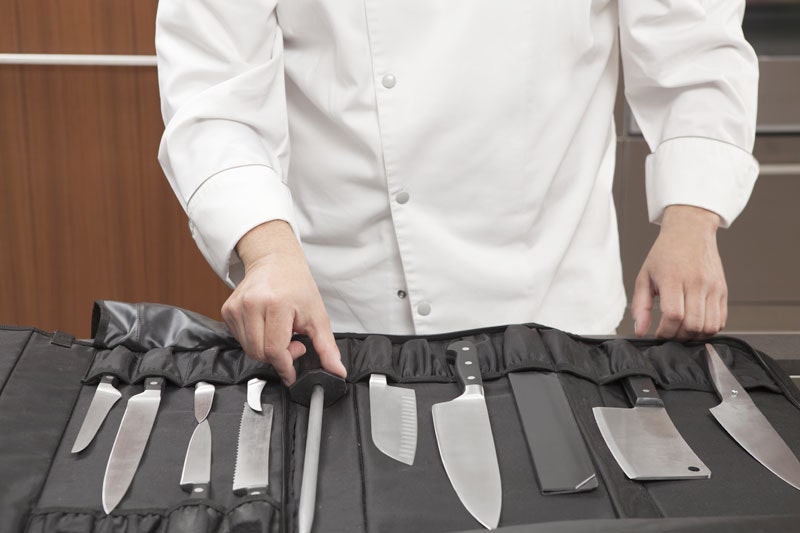
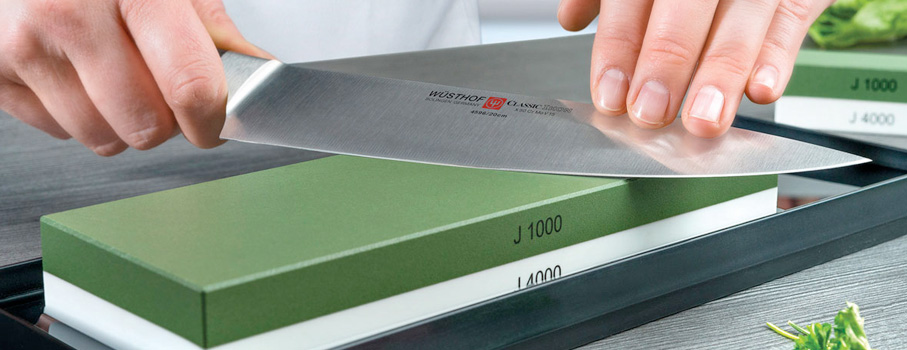
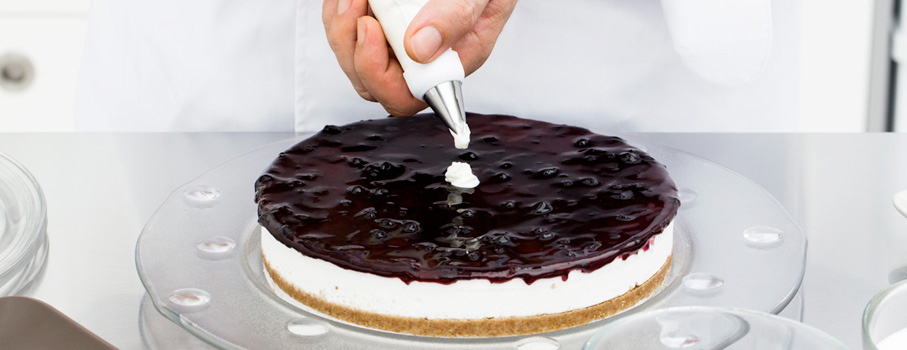

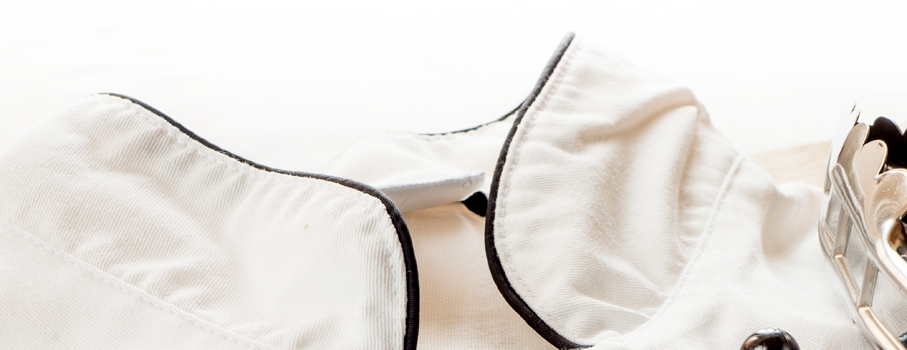
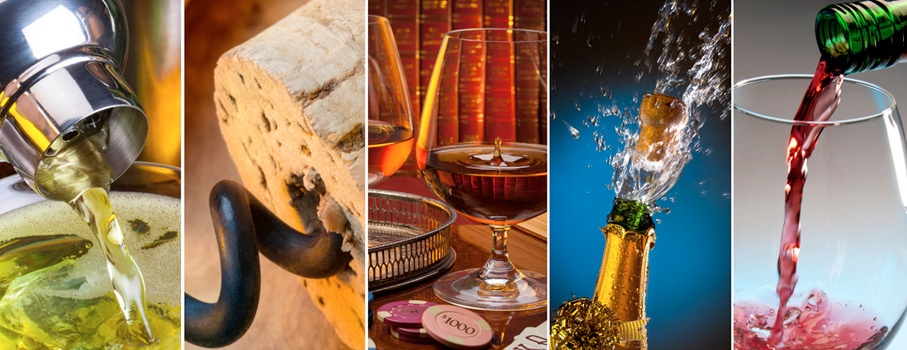
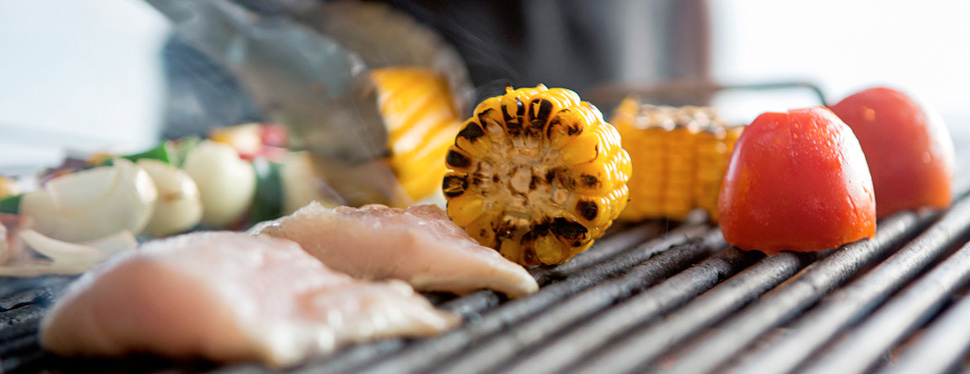

 IT
IT FR
FR
